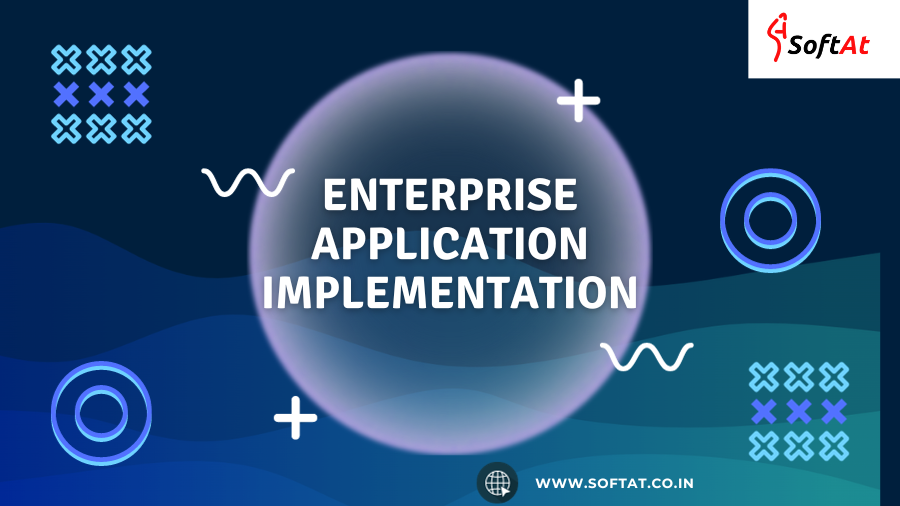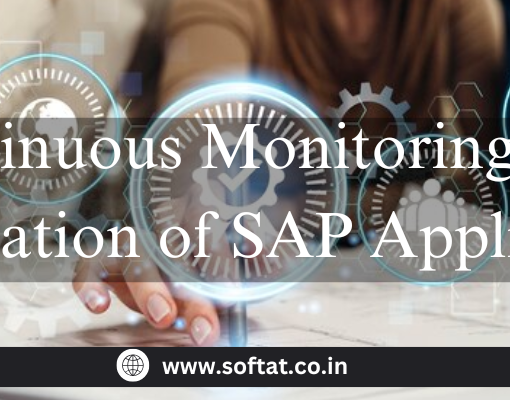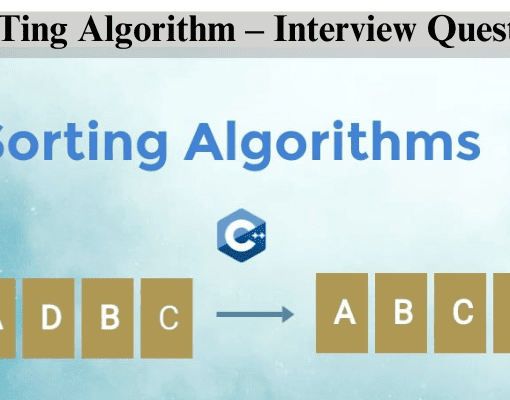Introduction: Navigating the Landscape of Enterprise Application Implementation
In the ever-evolving realm of business technology, the implementation of enterprise applications stands as a pivotal move toward efficiency and innovation. This article delves into the intricacies of enterprise application implementation, providing a roadmap for businesses looking to harness the full potential of cutting-edge solutions.
Understanding Enterprise Applications: A Comprehensive Overview
Defining the Essence
Enterprise applications encompass a suite of software designed to address the complex needs of organizations, fostering seamless operations and improved efficiency.
Key Components
Exploring the fundamental building blocks that constitute a robust enterprise application system, from databases to user interfaces.
Designing a Blueprint: Essentials of Enterprise Application Implementation
Aligning with Business Objectives
Crafting a strategy that ensures enterprise applications align with the unique objectives and processes of the organization.
User-Centric Design
Prioritizing user experience to enhance adoption and ensure that the application meets the needs of its end-users.
Challenges in Implementation: Overcoming the Hurdles
Integration Challenges
Navigating the complexities of integrating new applications with existing systems to ensure a seamless operational flow.
Resistance to Change
Addressing the human factor by implementing change management strategies to foster a positive transition.
Choosing the Right Enterprise Applications: A Decision-Making Guide
Assessing Organizational Needs
Conducting a thorough analysis to identify the specific requirements and goals of the organization, ensuring the selected applications align with these needs.
Vendor Selection Criteria
Evaluating potential vendors based on criteria such as scalability, support, and compatibility with the organizational structure.
Implementation Strategies: Ensuring a Smooth Transition
Phased Rollouts
Breaking down the implementation process into manageable phases to reduce disruptions and facilitate a smoother transition.
User Training and Adoption
Investing in comprehensive training programs to empower users and ensure proficiency with the new enterprise applications.
Measuring Success: Key Performance Indicators (KPIs) for Evaluation
Operational Efficiency
Assessing improvements in day-to-day operations and workflow efficiency post-application implementation.
User Satisfaction
Measuring user satisfaction levels to gauge the overall success of the implementation and identify areas for improvement.
The Future of Enterprise Applications: Trends and Innovations
Artificial Intelligence Integration
Exploring the role of artificial intelligence in enhancing the capabilities of enterprise applications for predictive analysis and automation.
Cloud-Based Solutions
Understanding the shift towards cloud-based enterprise applications and their impact on scalability and accessibility.
Conclusion: Paving the Way for Technological Excellence
In conclusion, enterprise application implementation is not just a technological upgrade; it’s a strategic move towards staying competitive in the digital era. By understanding the challenges, making informed choices, and prioritizing user adoption, businesses can unlock the full potential of their enterprise applications.
Frequently Asked Questions (FAQs)
- Q: How long does it typically take to implement enterprise applications?
- A: The timeline varies based on the size and complexity of the organization but can range from several weeks to several months.
- Q: Can small businesses benefit from enterprise application implementation?
- A: Absolutely. While the scale may differ, small businesses can achieve efficiency gains and improved operations through tailored enterprise application solutions.
- Q: Is it necessary to hire external consultants for application implementation?
- A: It depends on the internal expertise of the organization. Consultants can provide valuable insights and accelerate the implementation process.
- Q: How often should enterprises update their application systems?
- A: Regular updates are essential to stay current with technology trends and security requirements. The frequency depends on the applications and industry standards.
- Q: What role does user feedback play in optimizing enterprise applications?
- A: User feedback is crucial for continuous improvement. It helps identify areas for enhancement and ensures that applications evolve to meet changing user needs.
You may be interested in:
Enterprise Resource Planning(ERP) Unlocking Business Efficiency





